The restoration and erection of the world's first elevated obelisk
- PMID: 36739445
- PMCID: PMC9899242
- DOI: 10.1038/s41598-023-29092-z
The restoration and erection of the world's first elevated obelisk
Abstract
Obelisks presented an important element in the architecture of ancient Egypt. This research is concerned with the re-erection of an obelisk that belongs to the famous Pharoah Ramses II. It was found broken and was transported to the Grand Egyptian Museum for restoration and display. An observation of Ramses II Cartouche at the bottom side of the obelisk base inspired the authorities to provide an innovative architectural design to display the obelisk elevated. The supporting structure was designed to allow the visitors to walk underneath the obelisk and observe Ramses II's signature. The idea of elevating the obelisk presented several challenges including evaluating the obelisk's current condition, restoration and fixation methodology, structural stability, and uncertainties of material characteristics, amongst others. To control the obelisk deformations under lateral loading, state-of-the-art base isolators were introduced. For the task to be achieved, a multidisciplinary team including historians, conservators, archaeologists, architects, and engineers with different specialties was appointed. The team performed the task successfully and currently, the obelisk stands at the entrance piazza of the Grand Egyptian Museum representing the world's first elevated obelisk.
© 2023. The Author(s).
Conflict of interest statement
The authors declare no competing interests.
Figures
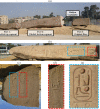




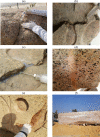
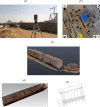









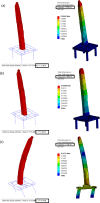

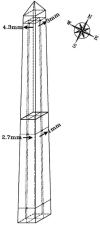

References
-
- Habachi L. The Obelisks of Egypt—Skyscrapers of the Past. Cairo Press: The American University; 1984.
-
- Curran, B. A. Obelisks in ancient egypt. In Encyclopaedia of the History of Science, Technology, and Medicine in Non-Western Cultures. Springer, 1773–1785 (2008). 10.1007/978-1-4020-4425-0_8815
-
- Parker J.H. The Archaeology of Rome, Vol. 4: The Egyptian Obelisks. James Parker and Co., Oxford (1876).
-
- Corringe HH. Egyptian Obelisks. G.P. Putnam’s Sons; 1882.
-
- Brier B. The secret life of the Paris obelisk. Aegyptiaca. J. Hist. Recept. Ancient Egypt. 2018;2:75–91. doi: 10.1188/aegyp.2018.2. - DOI
LinkOut - more resources
Full Text Sources

